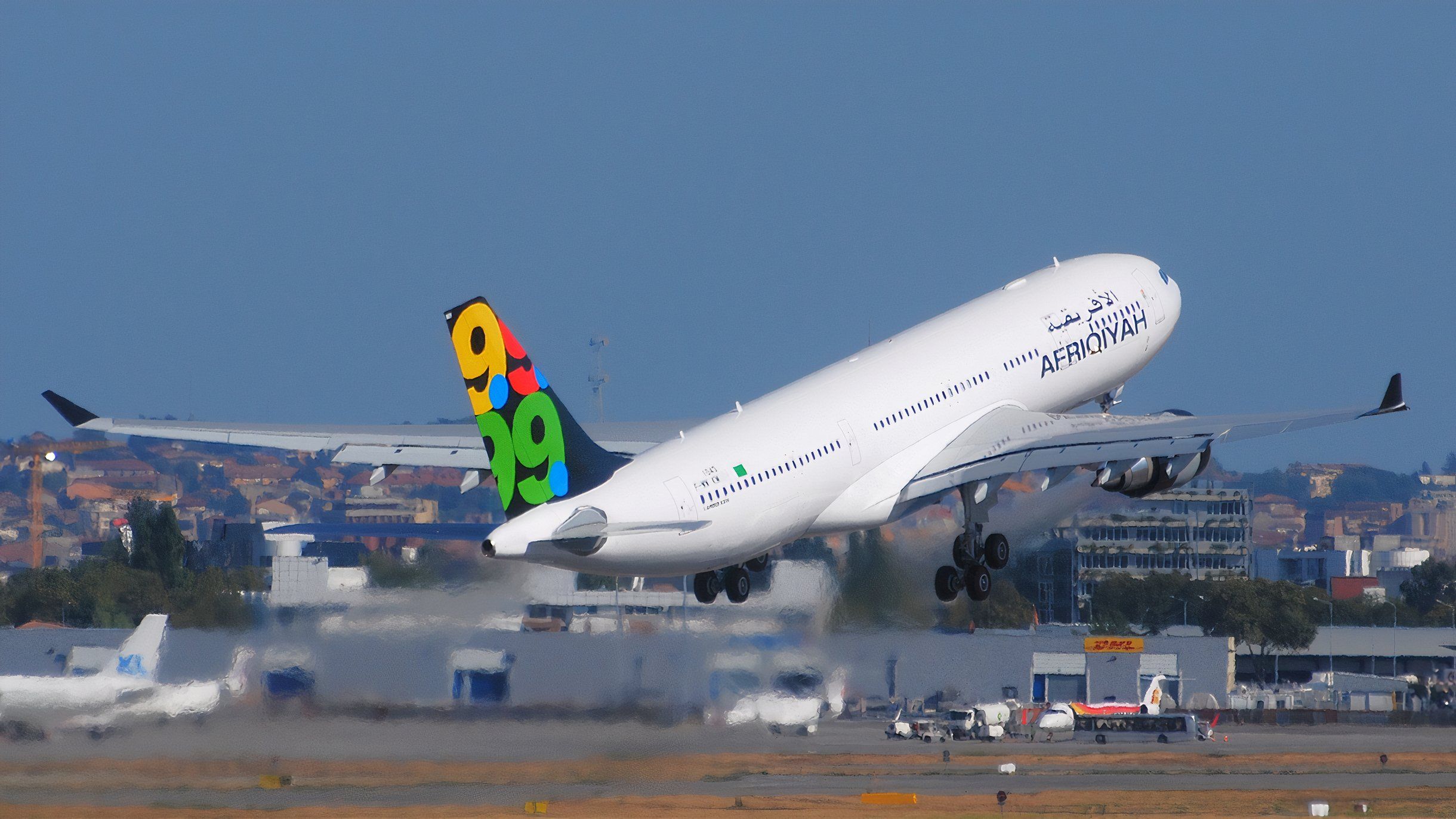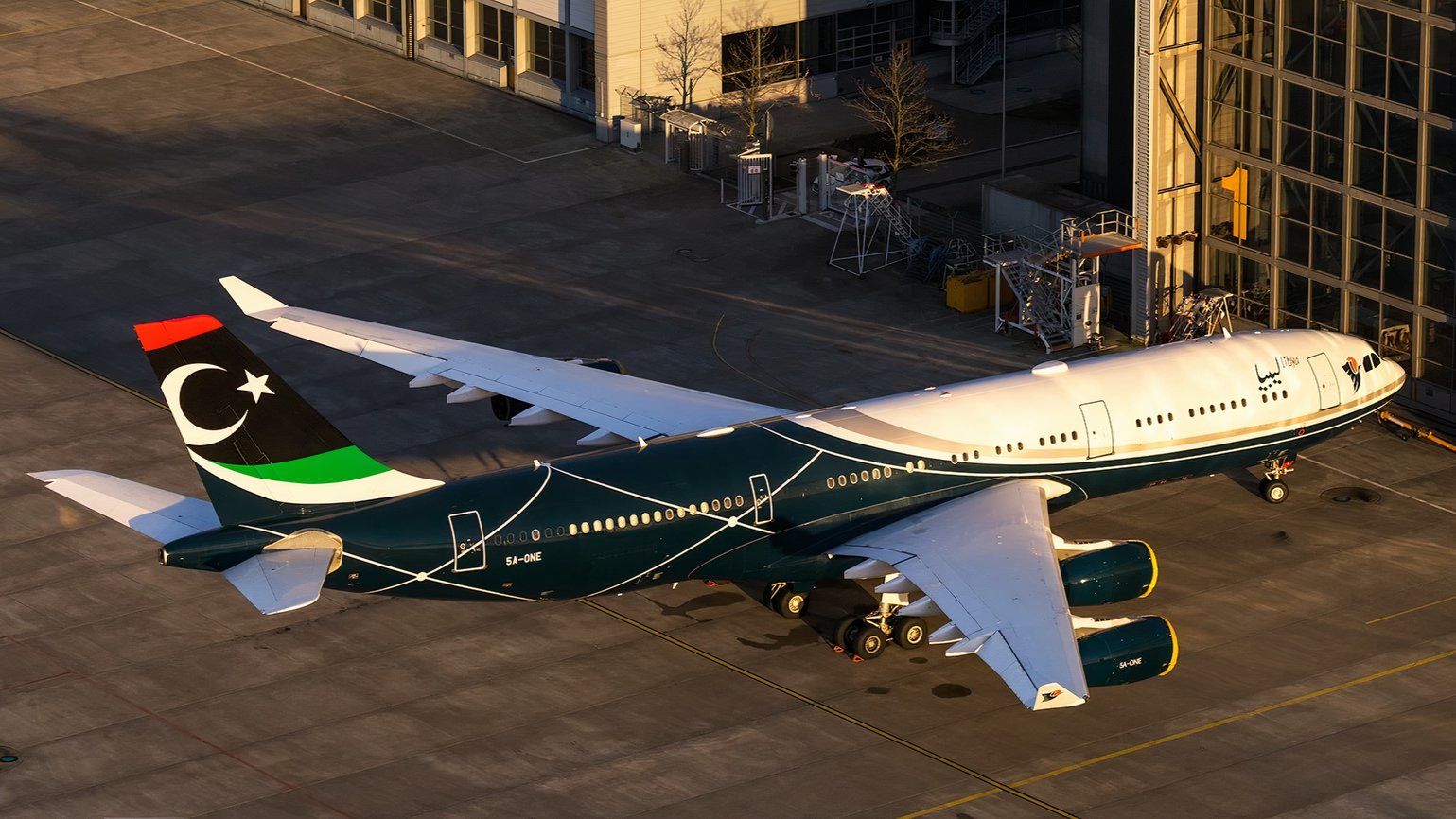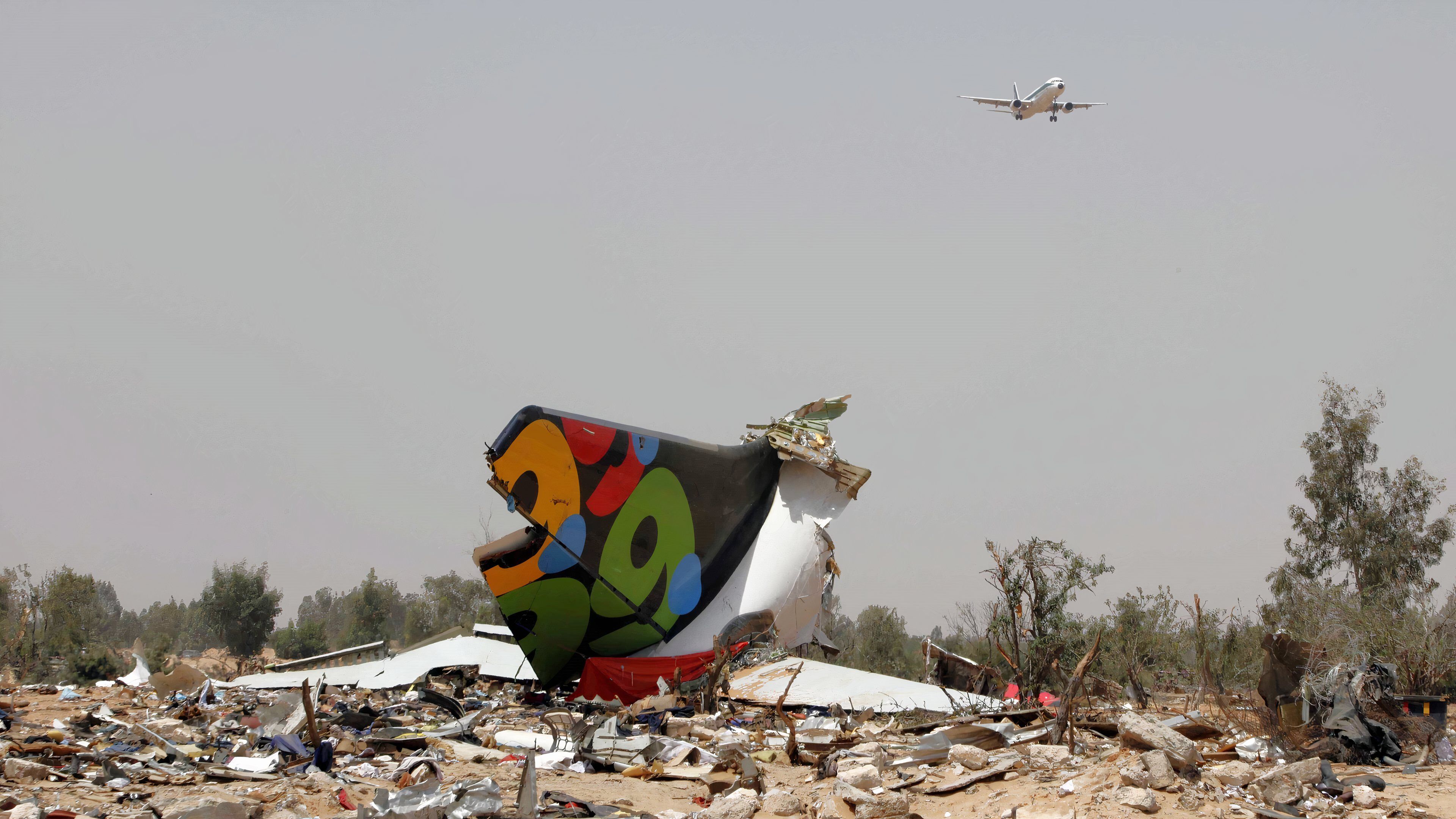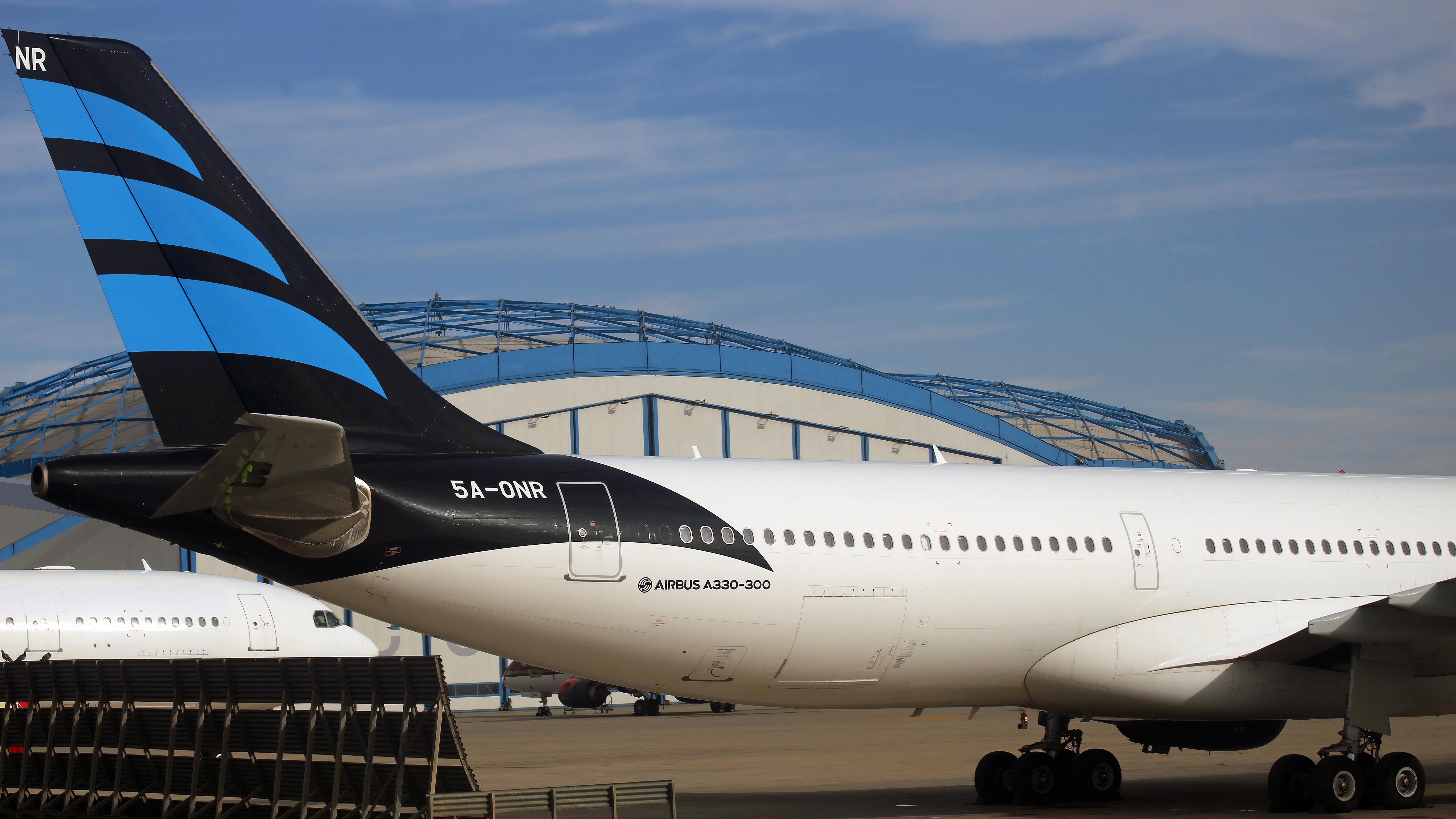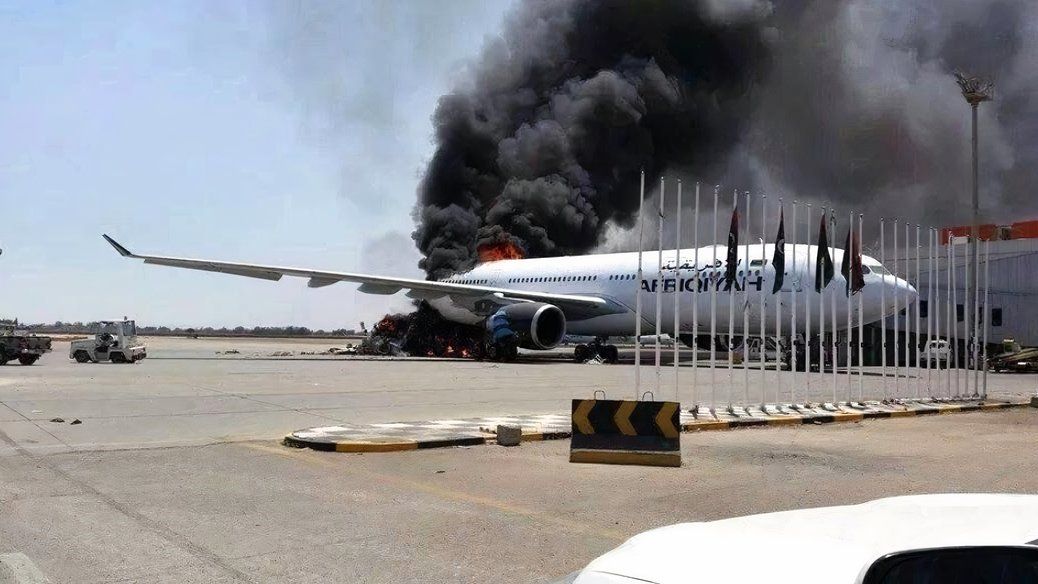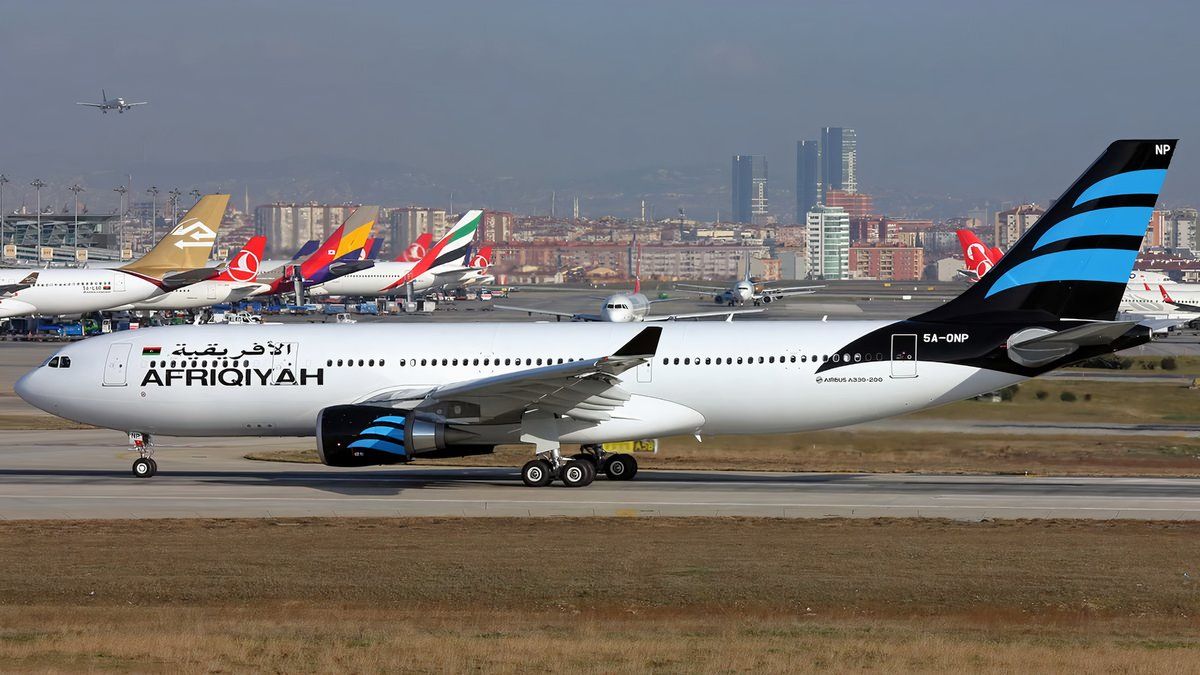Summary
- Founded in 2001, Afriqiyah Airways experienced strong growth initially, connecting Europe and Africa.
- A tragic crash in 2010 and the subsequent civil wars in Libya led to a loss of aircraft and decline in the airline’s operations.
- Recent developments hint at a potential revival for the airline through increased flights and new aircraft orders.
One of the big developments in global aviation over the past few decades has been the emergence of large carriers based at super-connector airports. Airlines like Emirates in Dubai, Qatar Airways in Doha or Turkish Airlines in Istanbul have built highly successful business models by providing flights that connect east and west through their geographically advantageous hubs.
Afriqiyah Airways was founded in 2001 with a very similar business plan in mind. Its base in Tripoli, Libya, was ideally positioned to become a north-south hub, with Afriqiyah providing the connectivity between major cities in Europe and the burgeoning travel markets of Africa. Added to this was the demand to connect to nations such as China and the US that were investing in Libya’s oil-rich economy amidst its emergence from international isolation.
Strong early growth
Starting out with four Boeing 737-400s leased from Blue Panorama Airline, Afriqiyah quickly transitioned to an all-Airbus fleet. It placed a sizable order for six Airbus A320s, three Airbus A319s (only two were delivered) and three Airbus A330-200s (plus three options, one was delivered) during the Paris Air show in 2006. It ultimately went on to acquire a total of nine A320s as well as an additional two A330-300s.
Afriqiyah also operated a particularly famous VIP aircraft, an Airbus A340-200 (5A-ONE), for former Libyan leader Muammar Gaddafi. After passing through the hands of the Brunei and Saudi royal families, it was acquired in 2006 and placed with Afriqiyah and referred to as ‘Afriqiyah One’.
Photo: Libya Government
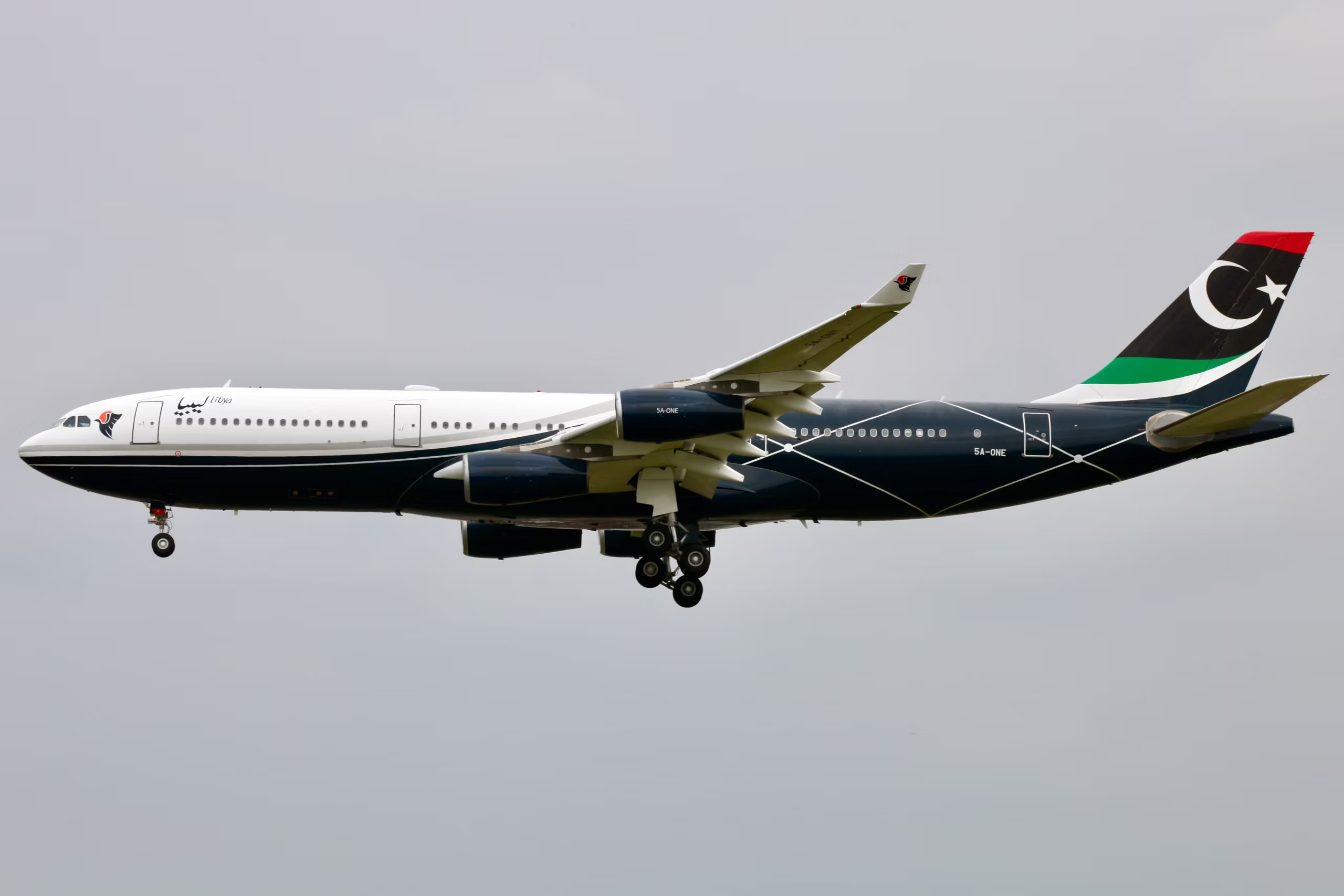
Related
5A-ONE: The Story Of Gaddafi’s Private Airbus A340-200
True to its business plan, Afriqiyah built a network that, at its height, connected over 20 European cities such as London, Paris, Frankfurt and Amsterdam with more than 25 different destinations in Africa. It also found strong demand across the Middle East, flying to the UAE, Kuwait, Saudi Arabia and Jordan, amongst others. By the latter part of the decade, substantial further orders for Airbus aircraft were expected to keep up with the rapid pace of expansion. The future looked very bright for Afriqiyah.
Everything starts to go wrong
But things took a turn for the worse early one Wednesday morning in May 2010. Afriqiyah Airways Flight 771, an A330-200 en-route from Johannesburg to Tripoli, crashed short of the runway upon final approach, killing all but one of those on board. The investigation later determined that the accident was a result of pilot error, specifically the flight crew’s lack of monitoring and controlling of the flight path, and the inappropriate application of flight control inputs during the go-around after the activation of the Terrain Awareness and Warning System.
Photo: AP
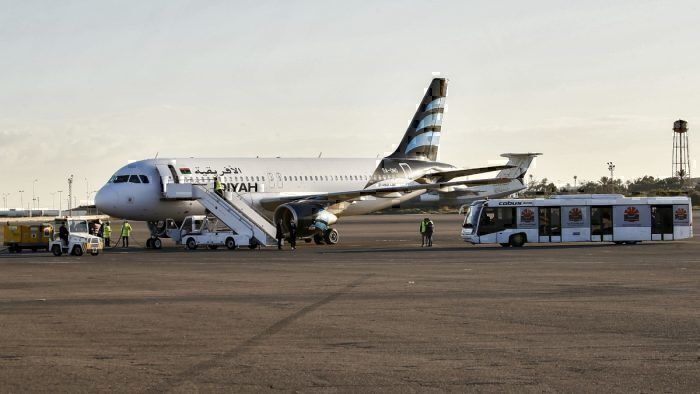
Related
Just One Survivor: The Crash Of Afriqiyah Airways Flight 771
A crash that killed 103 people was caused because the crew ignored their procedures and may have suffered a somatogravic illusion.
But worse was to come. Anti-government protests in Benghazi in February 2011 erupted into the First Libyan Civil War, and with a no-fly zone imposed by NATO, all Afriqiyah flights were grounded. Worse, the European Union banned all Libyan airlines from operating in European skies. So even when the hostilities were abating in late 2011, Afriqiyah was unable to return to its original routes and deliver on its north-south connector business model.
A descent into chaos
By 2012 the airline was making every attempt to return to some sort of normalcy. It had an order on the books with Airbus for ten A350-900s to support its long-haul growth plans. It also completed an overhaul of its corporate image, replacing the Gaddafi-era branding with a new livery featuring a white fuselage and black tail fin adorned with three blue stripes, representing the neck markings of the turtledove.
Photo: Afriqiyah Airways
But it was a false dawn. Simmering tensions between rival militias erupted into the Second Libyan Civil War in 2014, and this proved to be even more damaging to Afriqiyah. Its main hub at Tripoli International Airport was shut down (and remains closed to this day) after being heavily damaged in fighting. Afriqiyah lost a total of five aircraft in the chaos: One of its A330-200s was destroyed by rocket fire, and a further A330-200 and three A320s were damaged beyond repair.
Photo: AP
Afriqiyah was forced to move its limited operations to Mitiga International Airport in northern Tripoli. But it fared little better here, losing an A319 to an explosion during further clashes in 2018. It also suffered a hijacking in 2016, with a Tripoli-bound A320 being diverted to Malta where all passengers and crew were eventually released and the hijackers arrested.
A shadow of its former self
With a much-reduced fleet, Afriqiyah currently operates just three Airbus A320s and two Airbus A330-300s, with a further two A320s and one A319 currently parked. It’s route network extends to flights within Libya and to neighboring nations:
- Libya: With its main hub at Tripoli, it has services to/between Benghazi, Misrata, Sabha, Tobruk and Bayda.
- Tunisia: Tunis is connected to Tripoli, Benghazi and Misrata, and Sfax is connected to Tripoli and Misrata.
- Egypt: Cairo is connected to Tripoli, Benghazi and Misrata, and Alexandria is connected to Tripoli and Benghazi.
- Jordan: Amman is connected to Tripoli and Benghazi.
- Turkey: Istanbul is connected to Tripoli and Misrata
Hope on the horizon?
As Afriqiyah struggles on, things might be starting to look up for the beleaguered airline. A government of national unity has managed to deliver relative calm to Libya through a ceasefire, allowing for Afriqiyah flights and frequencies to pick up for the first time in a decade. Relations with the EU have also improved, and flights to Italy were restored in 2023, ahead of an expected suspension of the EU ban on Libyan airlines sometime in 2024.
More recently, Afriqiyah has been in discussions with Airbus, with the objective of building a fleet of about 20 aircraft over the next few years. While little has emerged from the discussions to date, it is speculated that Afriqiyah might give up the ten A350-900s it has on order in return for deliveries of new A321 aircraft. These are able to carry more than 200 passengers at a range of over 4,600 miles, making them an ideal platform for Afriqiyah. Able to reach all of Europe and Africa, and as far west as New York and as far east as Dhaka, they would enable Afriqiyah to restore nearly all of its old routes and could yet herald a new dawn for this ambitious African airline.
Have you ever flown on an Afriqiyah Airways flight? Do you think the airline will ever deliver on its promise as a north-south super-connector? Tell us about your thoughts and experiences in the comments.


